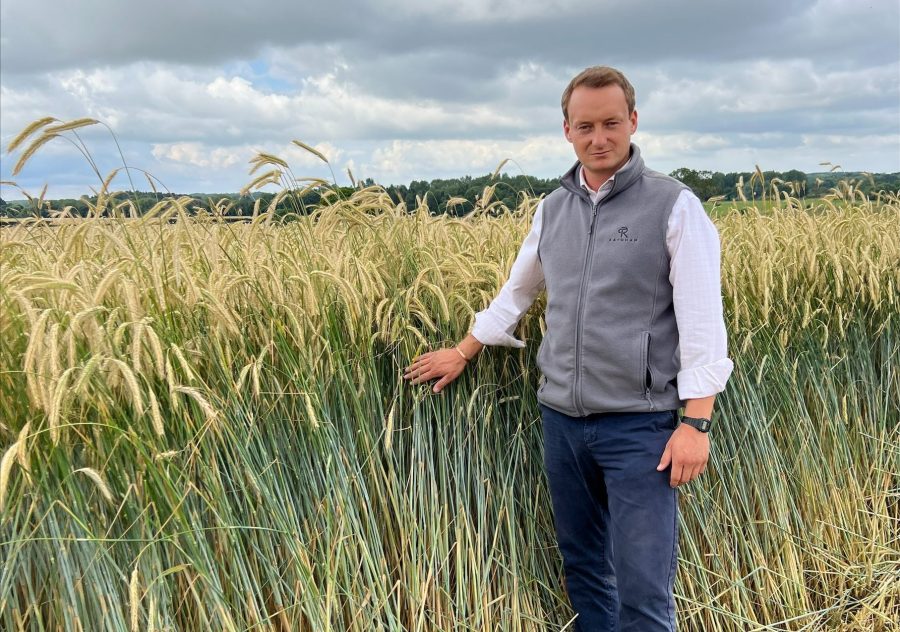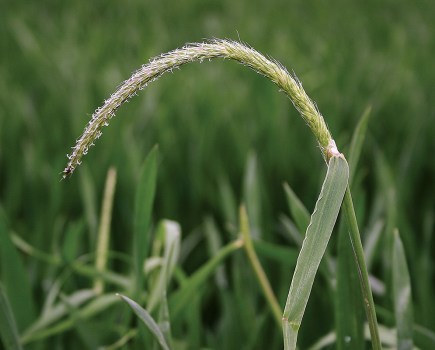Anaerobic digestion continues to be on the up, thanks to a combination of this year’s encouraging hybrid rye crops and further plants coming into operation.
Lucy Hopward from bioeconomy consultants NNFCC says of the 50,000ha of hybrid rye grown in the UK, around half is wholecrop and destined for biogas production. And with another 15-20 large-scale AD plants expected to be operation within two to three years, the industry is an important part of national bioenergy plans.
Sector growth
“The UK’s AD industry has expanded rapidly from just three plants in 2003 to 650 operational plants in 2023, driven by government tariffs and a desire to increase production of renewable heat, power and transport fuel.
“Although the policy landscape has changed, demand remains for larger scale, centralised AD plants producing biomethane to decarbonise the gas grid.
“These new facilities still benefit from co-digestion of farm-sourced feedstock to maintain operational stability and improve performance, so I anticipate the area for high energy crops, such as hybrid rye and maize, continuing to expand as AD capacity grows,” she says.
Lucy says the key to growing crops for AD is ensuring they’re sustainable. “I advise growers to do what they do best – grow a crop that works best for their location, soil type and farming system. In an increasing number of cases this is hybrid rye which can be drilled and harvested early, helping to spread the workload on farm whilst requiring fewer inputs and achieving consistently high yields.”
Farmer testimonial
North Norfolk farmer Tom Pearson, who manages 1500ha at the Raynham Estate, also sees rye as a key crop for energy production.
The farm has a feedstock agreement to supply a 3.5 megawatt AD plant and Tom believes the economic and agronomic benefits of growing hybrid rye are fundamental in ensuring the supply agreement is maintained.
“We’ve been growing winter hybrid rye as part of a seven crop rotation and given the importance of the feedstock supply agreement, we’re always seeking new high-gas yielding varieties,” he says.
New rye option
According to Tom, the arrival of SU Arvid from Elsoms Seeds posed an opportunity to try something new. “We don’t grow second wheats on the farm and see winter hybrid rye as a great fit in the rotation to follow first wheats and as an entry into oilseed rape.
“We’ve grown 160ha this year – 140ha of Arvid alongside 20ha of our former go-to variety SU Performer. Both have performed equally well on our light sandy loams and heavier silty clay loams, and established well showing excellent early autumn vigour.
“As for harvest, which took place the last week of June, Arvid achieved overall fresh weight yields of 45t/ha adjusted to 35% dry matter. On a couple of fields we recorded fresh weight yields of more than 50t/ha, equating to our best rye yields in over four years,” concludes Tom.




